
Historic Places To Explore in Mumbai
The City that never sleeps has more beauty than we think it does
Watch This
Listen to This
Mumbai is generally discarded as an industrial city, which it rightly was, but it was also the ‘Gateway to India’
Read This
Bombay was a city of class, business and a daydreamer’s paradise with wide roads, posh cars and cafes. I guess you can say, the British were infatuated with Bombay.
They decorated this city like it was their very own London, no expense spared. The first railway ran here, the European architecture decked up the city’s wide roads, the financial markets were initiated here and then came a museum, the High court and the Municipal Corporation.
This infatuation has left behind some astonishingly beautiful buildings to admire. Unfortunately most of these buildings are not open for tourists.
Albeit I believe you must explore South Bombay on foot. It is the best way to stop and admire, poke about, snap pictures and move on without being harassed by blaring traffic horns.
This past year, as a tourist I did just that going out on various self exploration tours. It has now turned into my favourite past time.
For this week, let’s take a look into the Historic Places in Mumbai that are essential to this city.
BMC Headquarters
The train terminus which has become the face of Bombay, the Chhatrapati Shivaji Maharaj Terminus is the most iconic building of course. Let us begin our journey here.
Opposite the CST Station sits a tall edifice. This Gothic beauty is the Bombay Municipal Corporation that looks after the day to day running of the city of Bombay.
I was lucky enough to get a tour of this historic places in Mumbai when it celebrated 124 years.
From the inside, the architecture of the BMC headquarters is magnificent.
The imposing dome which can be prominently seen from the outside, dominates the interiors as well. It is at the centre of the structure. The detailed work on the balustrades and capitals is very artistic and unique.
What most people don’t notice is Architect Fredrick William Stevens built the BMC building higher than his other creation, the CST Station. Stevens wanted to emphasise on this edifice than the one sitting opposite.
Read about on of the most historic places in Mumbai here: http://giglee.in/inside-bmc-building/
Flora Fountain
The Flora Fountain is one of the most delicate beautiful structures in Bombay. This fountain was closed off for a couple of years due to restoration work.
Recently the sheets of plastic wrapped around the top layer have been removed and the fountain can be seen peeking out from the ‘Mumbai Metro’ aluminium banners. It’s a nice chance to stand and admire the design.
The Flora Fountain stands on the place where one of the three gates of the Bombay fort once stood.
The area around the Flora Fountain is called Fountain or Hutatma Chowk (Martyr’s Square).
The Flora Fountain was initially named after Sir Bartle Frere, the Governor of Bombay. During its inauguration the fountain was officially named in honour of the Roman Goddess ‘Flora’ instead.
This Fountain was designed by Richard Norman Shaw and initiated by the Agri–Horticultural Society of Western India in 1864.
A special Portland stone was used by sculptor James Forsythe to carve out this cheerful spring like design.
The name ‘Flora’ represents flowers and spring. It might also be why this Roman Goddess stands above the fountain so feminine and beautiful holding a bunch of flowers in one hand and a flower tiara in another.
Rajabai Tower
The Rajabai Tower is perhaps one of the most famous landmarks in the city. What most people don’t know is it’s not just a Clock Tower but part of a larger Mumbai University campus. And many a Mumbaikar has graduated from this (frustrating) institution.
The Rajabai Tower was financed by an Indian Businessman, Premchand Roychand. He asked them to name the tower after his blind mother Rajabai. She would listen to the chimes of this tower to know when it was time to eat her supper.
It is essential to look closely at this tower. For years I have overlooked the finer details the tower has. You’ll miss the busts of a man and woman, the statues of scholars, the intricate work on the arches and of course the stunning dial with an uncanny resemblance to Elizabeth Tower (Big Ben), London.
At one point in history, the Rajabai Tower was the tallest in the country at 85 metres! The tower also seems to have some really good stained glass work. Hope they’d let tourists in!
This clock tower has seen its share of history and scandal when two young women fell to their deaths here. This case was never satisfactorily solved and involved a lot of bribery and corruption.
You can read the case here: http://giglee.in/rajabai-tower-mystery/
St Thomas Cathedral
The biggest revelation I had in 2018 was about the St Thomas Cathedral. My favourite museum, as you’ll later come to know, is running an exhibition about this cathedral to mark 300 years since its construction.
It was indeed surprising to know St Thomas Cathedral runs in the DNA of Bombay. The city shares a strong bond with the Cathedral.
The Western Railway commences at the Churchgate station. Have you ever wondered what this ‘Churchgate’ means? Where is a church and a gate?
This name comes from a real gate that once stood just a few metres from the St Thomas Cathedral. This gate was one of the three gates into the Fort that stood here in the 18th century.
This gate was called Churchgate due to its proximity to the St Thomas Cathedral. Needless to say, this cathedral was an important landmark.
The Cathedral also served as a distance marker for the city.
Plaques marking this distance can still be found across the city today, unfortunately forgotten.
You can also sit on furniture used by Royalty in this cathedral. My favourite part of this cathedral is the pair of the chairs used by George V and his wife during their visit. Any British Royal fans reading this!? Comment below of you are. I sat on those chairs just so you know, an experience I’ll never forget:)
If you’d like to read about this historic places in Mumbai, here’s a link: http://giglee.in/300-year-old-st-thomas-cathedral/
CSMVS Museum
The CSMVS Museum of Mumbai is by far my favourite place in the city! I am sure my family and friends can attest to that:)
After spending hours at this museum, I know the layout of each and every artefact here. It is only a growling stomach or an unbearably pained foot that can boot me out of here.
The CSMVS Museum was formerly called the Prince of Wales Museum of Western India.
The museum was another structure commissioned to mark the visit of the Prince of Wales in 1905.
The future King George V laid the foundation stone of this museum.
Putting History in Perspective:
King George V and his wife Queen Mary visited India twice: once as Prince and Princess of Wales in 1905 and then as the reigning Monarchs to be crowned Emperor and Empress of India in the Delhi Durbar of 1911.
This museum has a peculiar mixture of Indian and European architectural styles. In technical terms this architecture is called the Indo-Saracenic style.
The Architect George Wittet’s design was chosen in 1909. You can see the inspiration of Bijapur’s Gol Gumbaz and the canopy that looks very much like the Taj Mahal.
The Museum opened its doors in 1922. Before 1922 it was used by the military and then as a Children’s Welfare Centre.
Since 1922, this museum has been taken good care of by many enthusiasts and patrons.
The exhibition they put on display here are very well thought out and informative, a legacy of this museum for almost a 100 years.
What I admire about the Chhatrapati Shivaji Maharaj Vastu Sanghralaya is the well maintained artefacts, wonderfully curated exhibits and of course its love for history.
Taj Mahal Palace Hotel
Another iconic structure of this city is of course the flagship hotel of the luxurious Taj Hotel chain by the Tatas.
The Taj Mahal Palace is everyone’s dream hotel including that of Jamshetji Tata.
According to the story, Jamshedji Tata was refused entry into the best Hotel in Bombay simply because he was Asian. Angry with this discrimination, he vowed to build a better hotel.
Jamshedji Tata spared no expense. He was of course told it was making a mistake spending £250,000 on a hotel.
Tata travelled abroad to London, Paris, Berlin, Dusseldorf and crossed over to America collecting artefacts and inspiration for his hotel. He installed Turkish baths, employed butlers and installed electricity to this hotel in 1903. It was the first private building in India to have electricity.
The Taj Mahal Palace hotel has a distinct Victorian Gothic, Indo-Saracenic, Romanesque and Edwardian architectural styles designed by the architecture firm Sitaram Khanderao Vaidya and D. N. Mirza.
In 1903, the hotel rooms would have faced the open sea with no road running around the hotel like it does today. The view wouldn’t have had the Gateway of India either just the sea. Imagine that!
It was due to this you’ll find the entrance to the hotel is not sea facing but at the north of the hotel. The road simply didn’t exist in 1903!
Well there is an article about the Taj Mahal Palace Hotel too: http://giglee.in/uncovering-the-taj-mahal-palace-hotel/
Gateway of India
I distinctly associate the Gateway of India with an old picture of the Gateway in 1924.
It was from here India bid goodbye to the last British ships leaving the Indian subcontinent. It was the end of an era and the dawn of a new one.
The Gateway of India was built to mark the visit of King George V and Queen Mary after they became King and Queen of Great Britain.
The foundation stone though was not laid by the new King but by Sir George Sydenham Clarke, the Governor of Bombay in 1911.
Architect George Wittet was commissioned to design the Gateway of India. Yet again he designed this monument in the Indo-Saracenic style just like the CSMVS Museum.
The work to reclaim land at the Apollo Bandar began in 1914. Ultimately the Gateway of India was completed in 1924 and inaugurated by the Viceroy of India.
The Gateway of India was built using locally available yellow Kharodi basalt and reinforced concrete.
You’ll usually find this area very crowded. Boats to and from the Elephanta Caves, a small island in the Bombay harbour, are docked here. A ferry service operates between the Bombay mainland and the Elephanta Caves.
Bhau Daji Lad Museum
Moving farther away from the South Bombay area, is the Jijamata Zoo. Inside the premises of this Zoo, right at the entrance sits Bombay’s first museum Bhau Daji Lad Museum formerly called the Victoria and Albert Museum.
I was lucky enough to visit the Bhau Daji Lad Museum for a photowalk. The advantage of a Photowalk was I paid close attention to the details and architecture of the museum.
The entry fee is a mere Rs.5 for an Indian national.
This building is built in the Renaissance Revival style despite dating back to the 1800s. I think it’s a nice change from all the Victorian Gothic structures in Mumbai.
The idea for a museum came after the Great Exhibition in 1851 organised by Prince Albert in London.
Artefacts were sent from Bombay to London and returned after the Great exhibition came to an end.
Officials in Bombay had to find a place to store these artefacts. And thus the city got its first museum.
The Bhau Daji Lad Museum is one of the best success stories of a major restoration project. It has even won an UNESCO award.
You can read all about it here: http://giglee.in/dr-bhau-daji-lad-museum-in-mumbai/
Basilica of Mount Mary
I had been to Mount Mary only once, very briefly a couple of years ago. On Christmas Day, I visited this Roman Catholic church again.
I was in awe with the history of this place.
The statue of Mary was brought here from Portugal in the 16th century. The statue was damaged during the riots in the 18th century.
The old statue was replaced temporarily by a new one. They later found an attachable Baby Jesus statue which they used to heal this old statue of Mary.
Despite is simple clean looks, Gothic Renaissance architecture has a treasure trove of detail.
The symbolic AM icon greets every visitor. AM stands for the latin Ave Maria meaning Virgin Mary.
The Corinthian pillars are almost missable if you don’t look closely. These eight pillars represent the strength of worship.
I love the architecture of the Mount Mary Church. It is so pure and elegant in its simple design.
The interiors are made of stone and wood.
There were once old murals on the interior walls that faded over time. Today these murals have been replaced by a picture story of the birth and life of Baby Jesus.
All these historic places in Mumbai shed light on Bombay, a city lost to the yesteryears. There are more such monuments in the city I plan on visiting this year.
I’d like to explore the various places of worship in the city, the old food joints who have been serving residents for almost a century with their patent dishes and of course explore more of the city you want me to find.
If you’ve got any particular place in mind, please comment it below or let me know on Facebook or Instagram DM.
Share ‘Historic Places in Mumbai’ with your friend.
Hope you enjoyed the article ‘Historic Places in Mumbai’! See you next Friday….
New to GiGlee?
NOTE: The Bibliography for this post is missing. Please help us credit the sources that deserve it. If you believe your work, or a work you know of needs to be cited here, please write to editor@giglee.in to inform us. DISCLAIMER: The intention of this article is not to hurt anyone's sentiments. The thoughts expressed in the article are purely those stated by the author of the work. The information provided on this website may not be complete, reliable, accurate and/or updated. The details you share with the website will not be shared or sold. We are not liable if in case of theft, your data is stolen. The content on this website is provided without any warranties whether express or implied. If you have a doubt, query or complaint please write to editor@giglee.in and we shall respond as soon as possible.




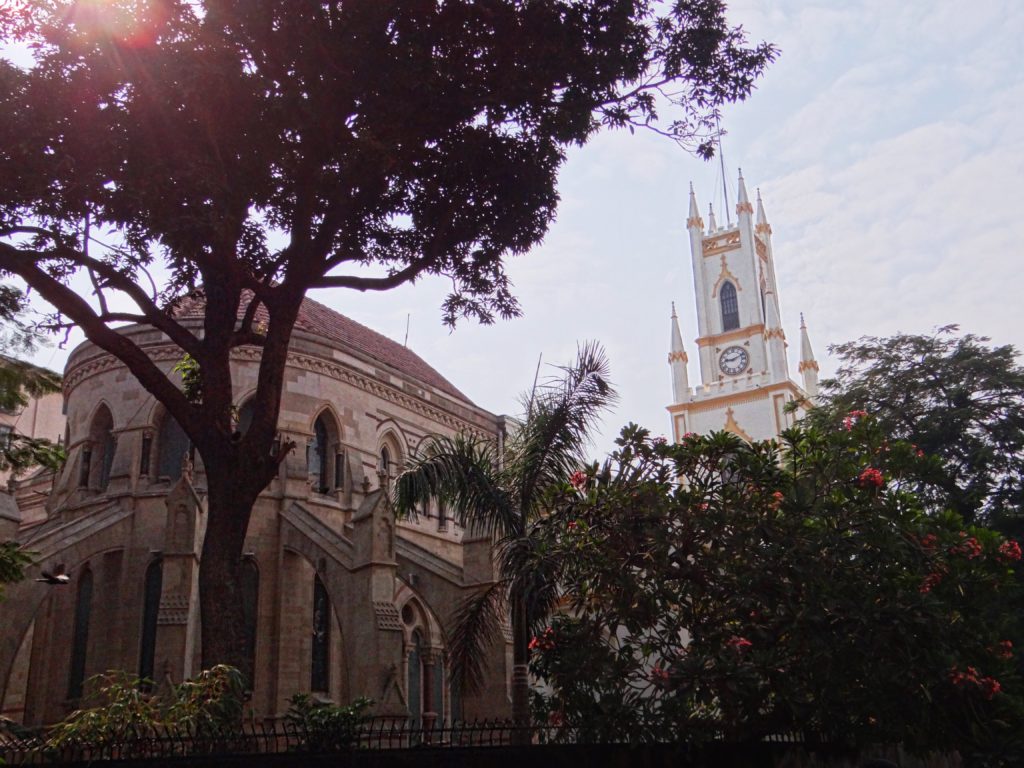
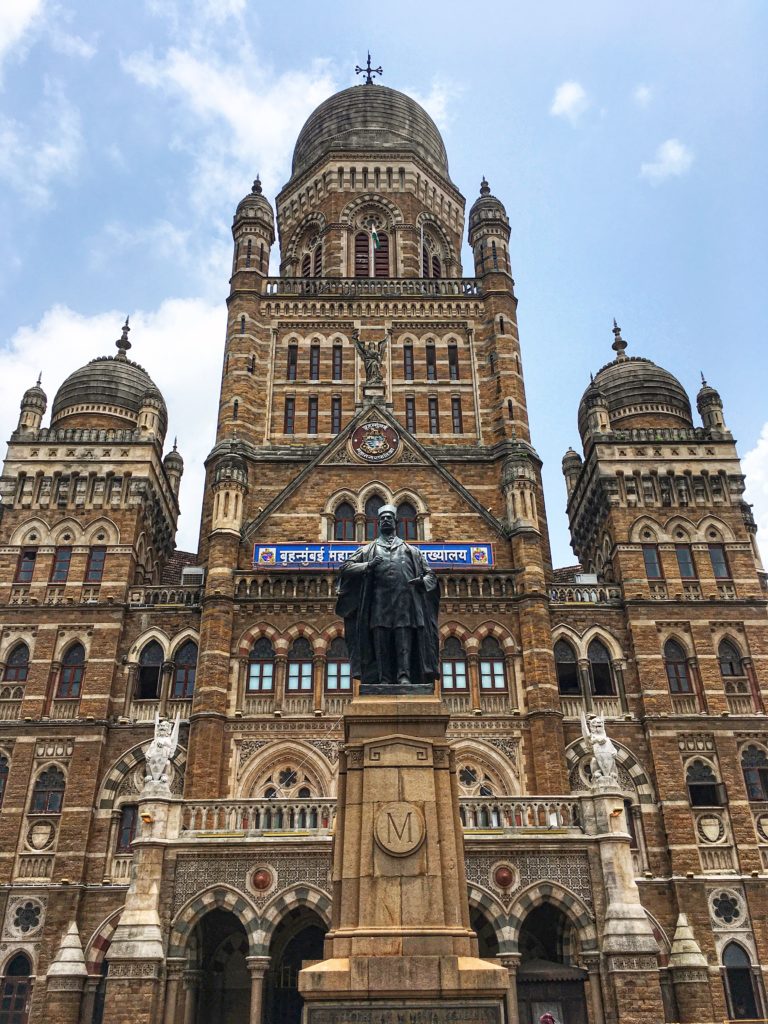
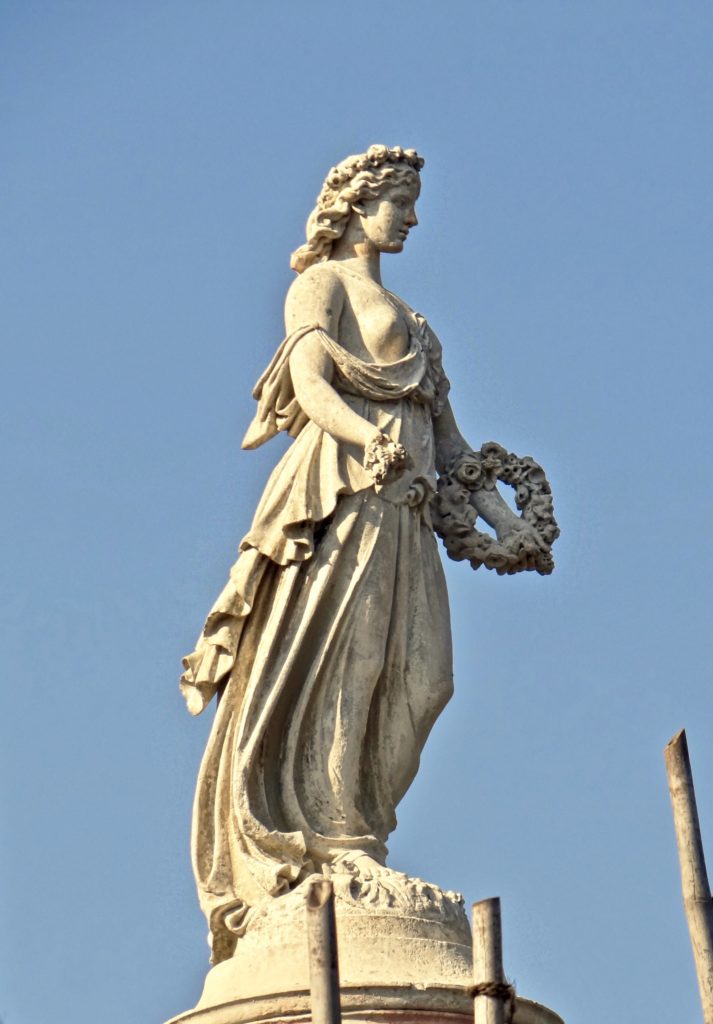




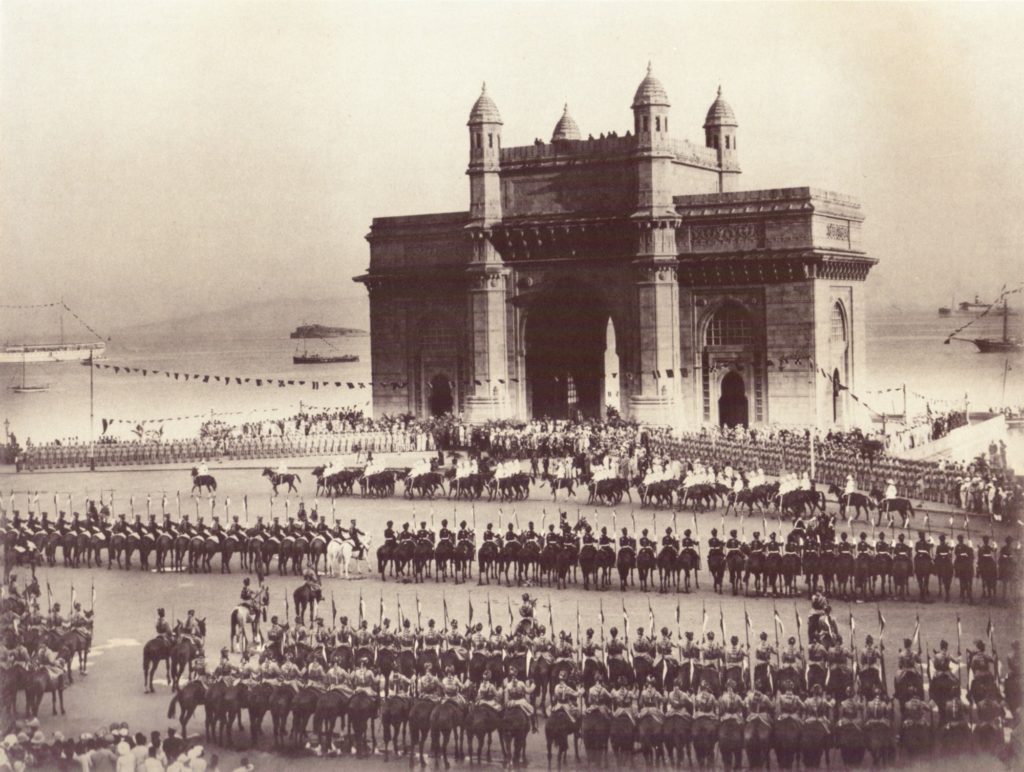
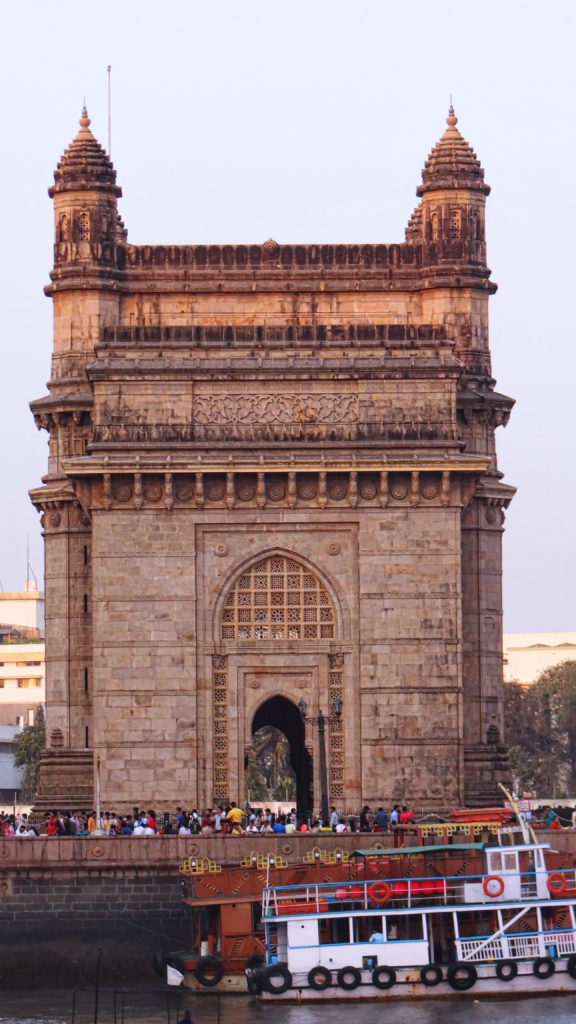
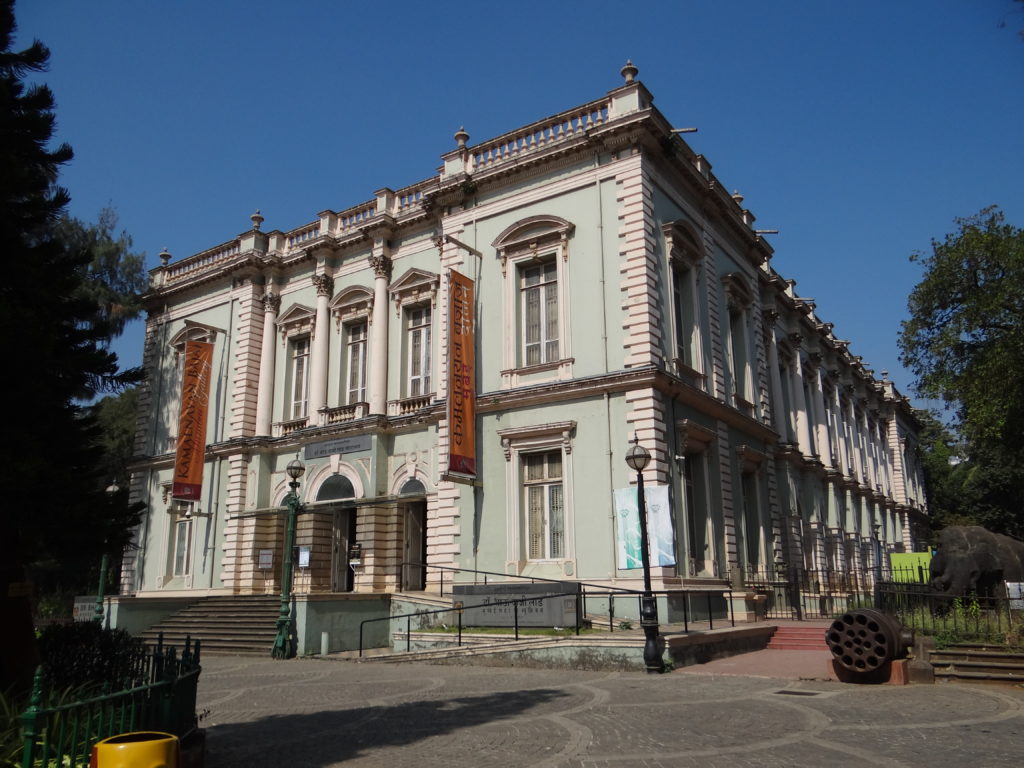
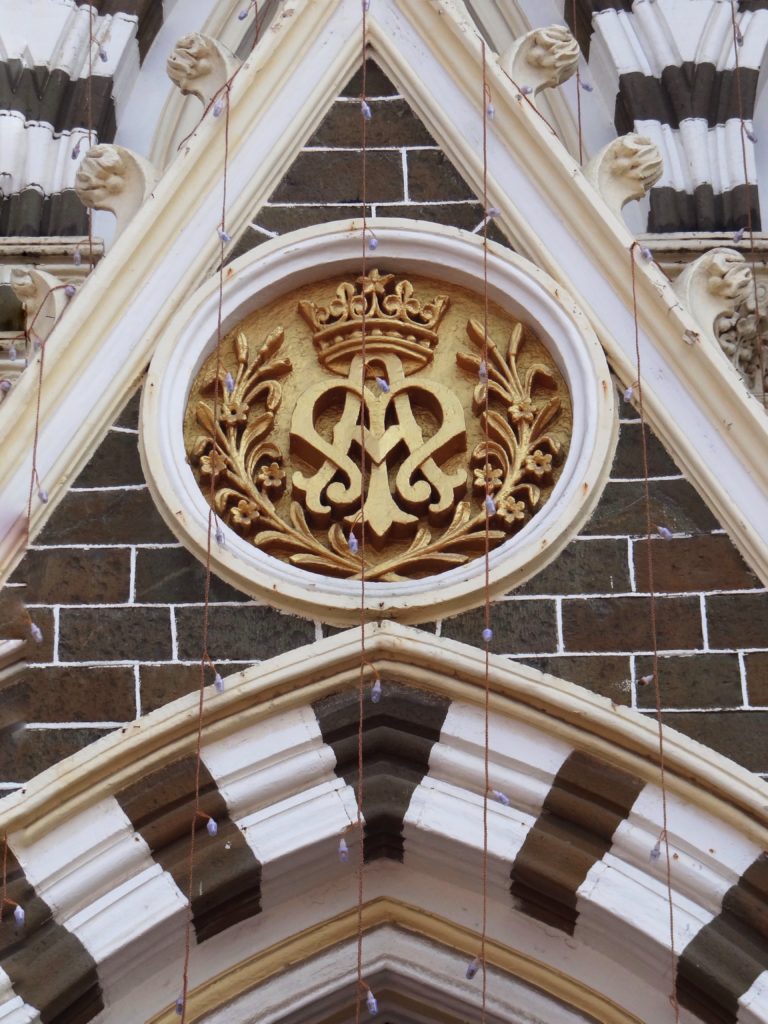
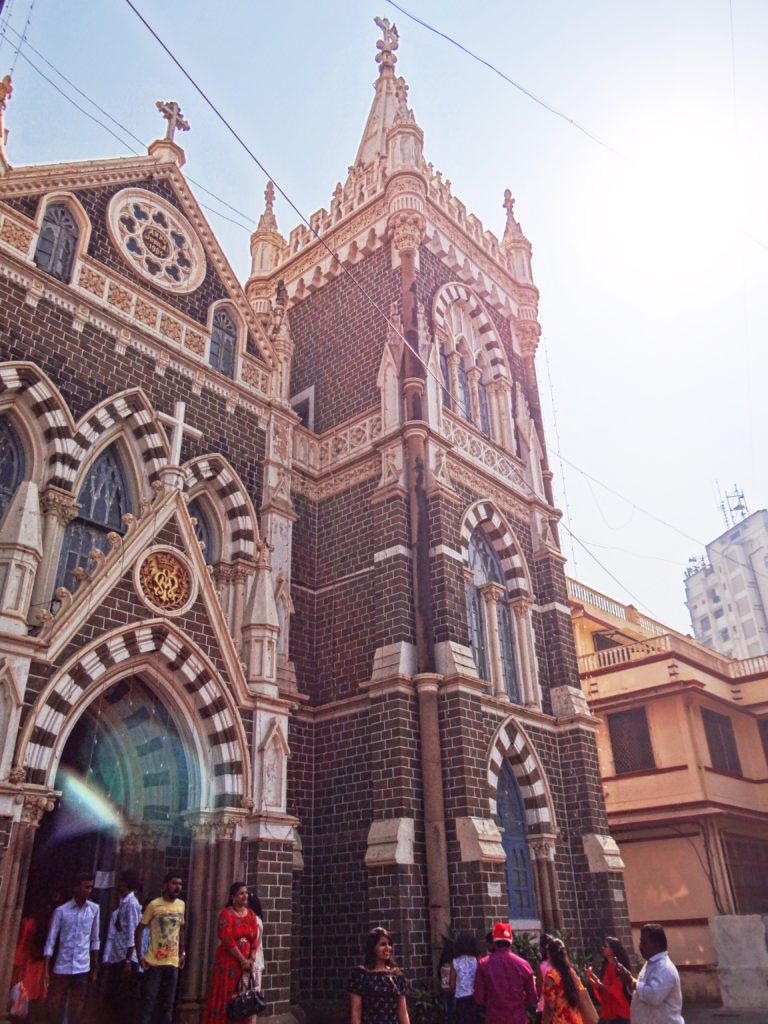


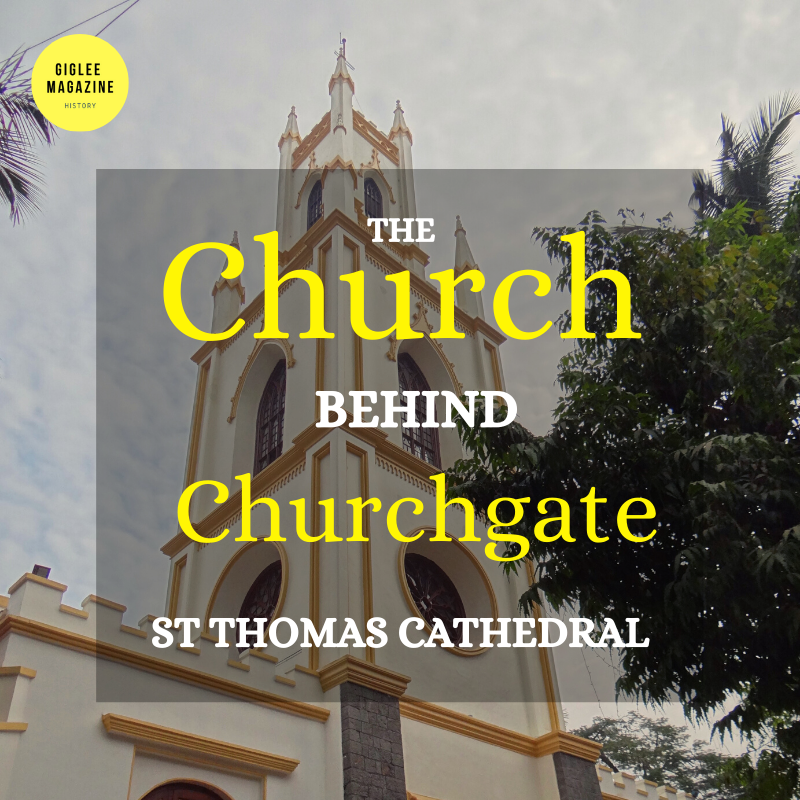
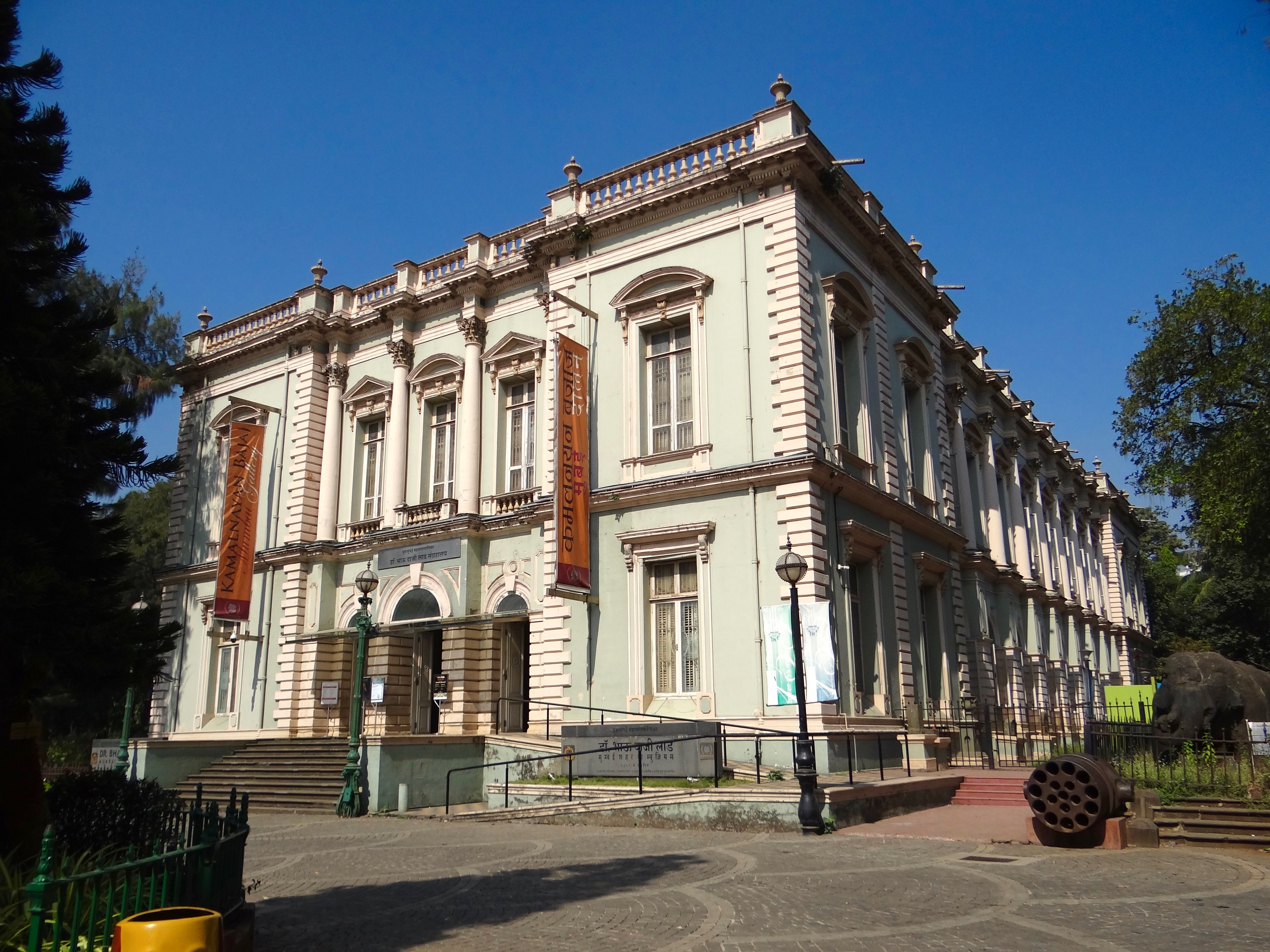
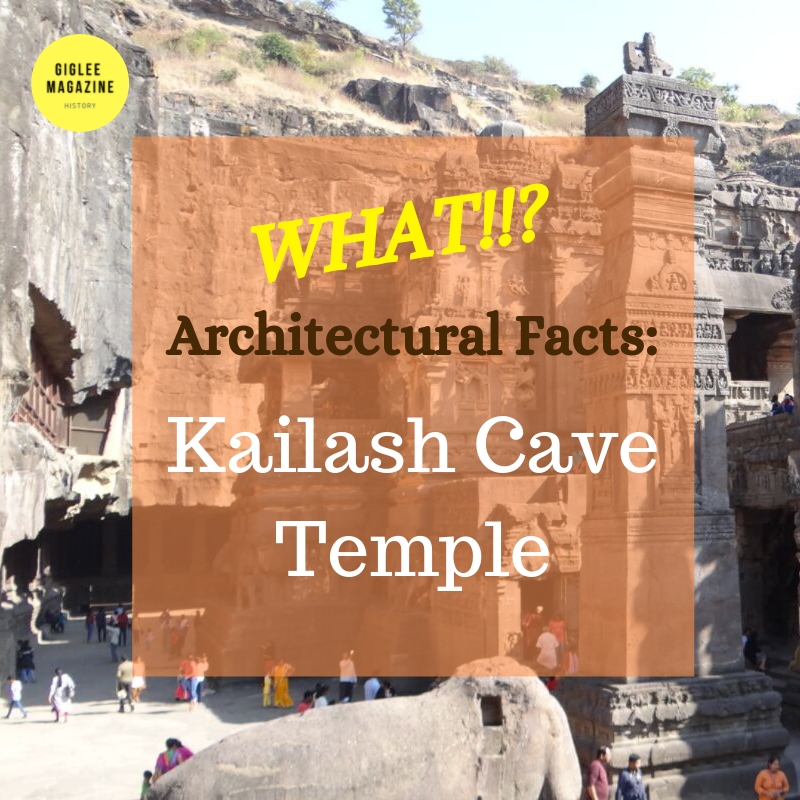
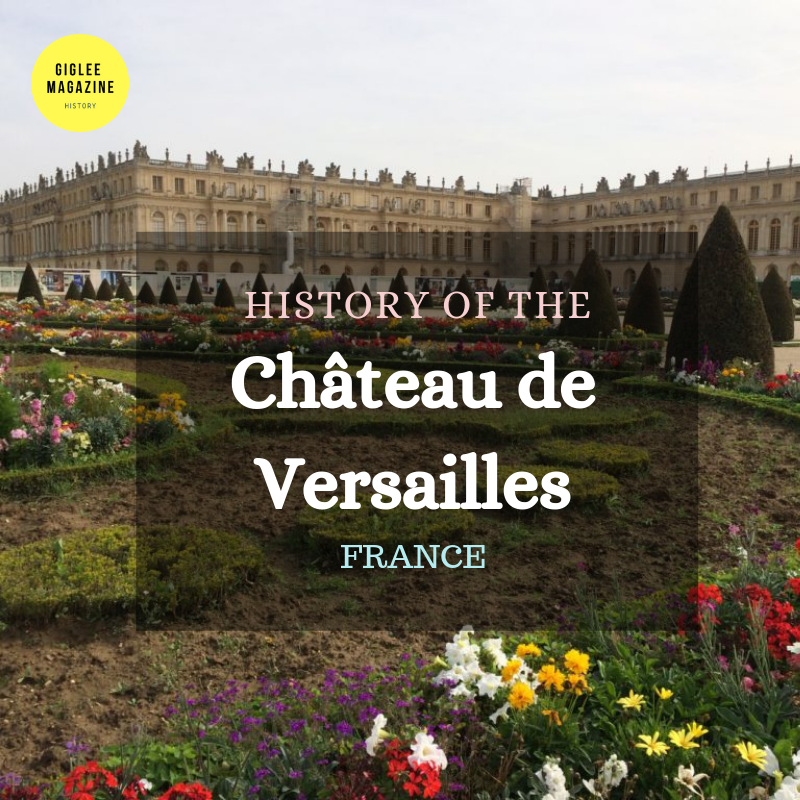
Comments
Great pics, and great info about these nine sites! I learned several new facts, which I had been curious about (such as the BMC building)
Thank You So Much Deah. It’s always fun to learn new facts about the city we’ve been to. It puts things in perspective and creates a connection between us and the city. I am glad I could solve a few of the questions you had
I spent whole day at CSMVS last year that is my personal favourite destination as well.
Would love to read about it more please provide me with more details if you can.
Thank You.
Hello Tushar. Yes, CSMVS is very addicting indeed. I shall write an article about this museum and send you the link:) The CSMVS Museum was built in a place called the Crescent, an empty plot of land in Mumbai. The museum is as it is, according to the plan, apart from a change in the entry gate. That’s the reason the statue of the Prince of Wales isn’t facing the entrance door but looking the other way.